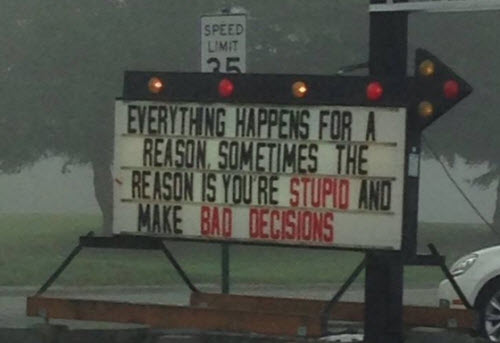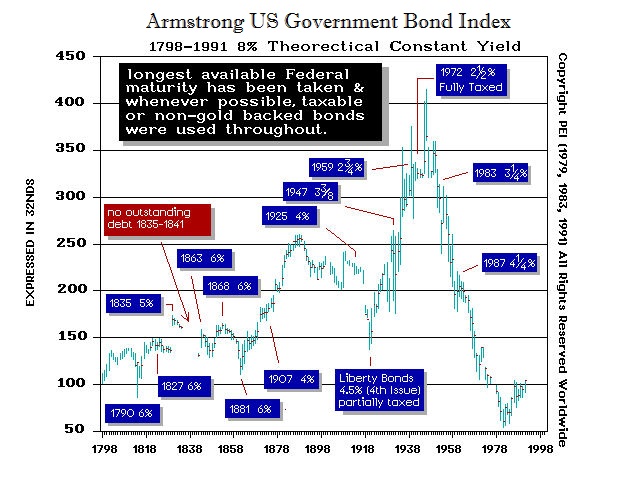$5 Trillion up in Smoke
POITOU, France – Pessimism is a sin against God, said money manager Charles Gave. It suggests ingratitude. And a lack of faith. After all, this is God’s world. What, not good enough for you?
That’s why we are always optimistic at the Diary. Things don’t always go the way we would like, but they always go the way they should. Yes, the world may be headed to Hell in a handcart… but it’s for its own damned good!
 Mild surprise down in hell at the timing, but as we all know, what needs to happen always happens – just never when it’s supposed to. Cartoon by Scott Hilburn
Mild surprise down in hell at the timing, but as we all know, what needs to happen always happens – just never when it’s supposed to. Cartoon by Scott Hilburn
It is cold and snowy this morning. But we are crossing to the sunny side of the street today. Look how easy it is. About $6 trillion has been lost in the world’s stock markets so far this year. Well, boo-hoo! It was only “on paper” anyway.
Meanwhile, the New York Fed’s Empire State Manufacturing Survey – which takes the pulse of New York’s manufacturing industry – just hit its lowest level since the last recession. But what do factories make? Stuff… and do we really need more stuff?
New York City is also reporting retrenchment in its luxury real estate market. Prices are down for the last eight months in a row. To that, we say: It serves those rich SOBs on Wall Street right. They bought their digs with money they got from the Fed on super sweet terms. It’s a pleasure to see them take a loss.
You see what we mean? No matter how dreary the weather, you can always use your portfolio statements to start a cozy fire.
…click on the above link to read the rest of the article…



 The bear got loose somehow. Who let him out? Photo credit: Lukas Holas
The bear got loose somehow. Who let him out? Photo credit: Lukas Holas

















